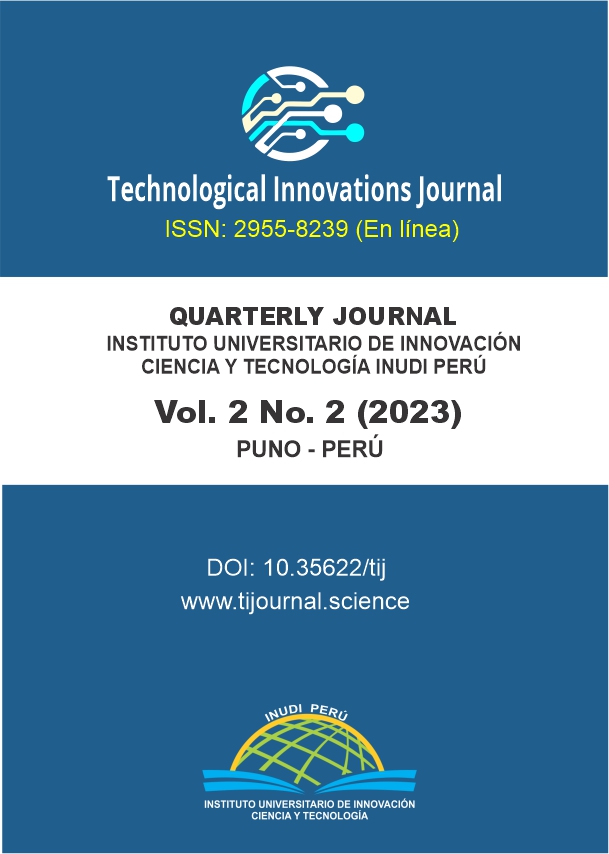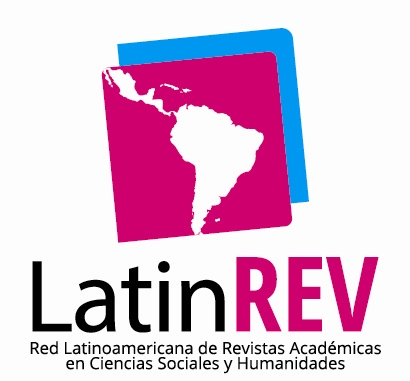Software del PIT-UAS: Uso, adaptación y seguimiento como herramienta coadyuvante para alumnos de nuevo ingreso
DOI:
https://doi.org/10.35622/j.ti.2023.02.004Palabras clave:
acción preventiva, diagnóstico, nuevo ingreso, rezago educativo, tutoríasResumen
En el presente trabajo se propone la implementación, adaptación y seguimiento del software Plataforma del Programa Institucional de Tutorías (PIT) de la Universidad Autónoma de Sinaloa (UAS). El objetivo principal es brindar a los alumnos de nuevo ingreso orientación, familiarización y seguimiento en su carrera profesional, con el fin de promover la mejora continua del estudiante. A través de la matrícula de control de los alumnos, se realizó un diagnóstico y se aplicaron instrumentos para determinar las necesidades grupales. Además, se aprovechó el programa de trayectoria estudiantil, el programa de tutoría, los asesores pares y el Centro de Atención Estudiantil (CAE) como una dependencia de apoyo, con el objetivo de obtener mejores resultados al actuar de manera preventiva. Se buscó reactivar el uso del software PIT, de manera que los estudiantes pudieran localizar fácilmente las diversas actividades y servicios que ofrece la UAS. Esto contribuyó a mejorar la permanencia estudiantil y facilitar el desarrollo de las competencias necesarias para tener mayores probabilidades de éxito durante su vida académica. Con estas acciones, se pretende aprovechar al máximo las ventajas de la plataforma PIT, brindando a los alumnos una herramienta integral para su proceso de aprendizaje y desarrollo personal.
Referencias
Asociación Nacional de Universidades e Instituciones de Educación Superior (2000). Programas institucionales de tutoría. Una propuesta de la ANUIES para su organización y funcionamiento en las instituciones de educación superior. Colección Biblioteca de la Educación Superior. México: ANUIES.
Bernard, H. (1994). Research methods in anthropology: qualitative and quantitative approaches. Walnut Creek, CA: AltaMira Press.
Best, J. (1972). Cómo investigar en educación. Ediciones Morata S.A Madrid.
Carrión, J., Alvarez, J. y Sánchez, A. (2000). La orientación orientadora en el área de necesidades educativas especiales: un estado de opinión. En Miñambres, A. y Jové, G., La atención a las necesidades educativas especiales: De la Educación Infantil a la Universidad. Lleida, Ediciones de la Universidad de Lleida.
De Munck, V. & Sobo, E. (Eds.) (1998). Using methods in the field: a practical introduction and casebook. Walnut Creek, CA: AltaMiraPress.
DeWalt, K. & DeWalt, B. (1998). Participant observation. En H. Russell Bernard, H. (Ed.), Handbook of methods in cultural anthropology (pp. 259-300). Walnut Creek: AltaMiraPress.
Mendoza, E. (2017). Factores intra y extra escolares asociados al rezago educativo en comunidades vulnerables. Alteridad: Revista de Educación, 12(1), 79. https://doi.org/10.17163/alt.v12n1.2017.07 DOI: https://doi.org/10.17163/alt.v12n1.2017.07
Mendoza, J., (2020). El rezago educativo. Un problema de construcción social. Revista A&H (11), 44-57.
Morone (s.f.). Métodos y Técnicas de la Investigación Científica. http://biblioteca.ucv.cl/site/servicios/documentos/metodologias_investigacion.pdf
Rodríguez, D. A., & Rosquete, R. G. (2019). Rendimiento académico y factores sociofamiliares de riesgo. Perfiles Educativos, 41(164), 118-134. https://doi.org/10.22201/iisue.24486167e.2019.164.58925 DOI: https://doi.org/10.22201/iisue.24486167e.2019.164.58925
Tzoc, L. (2020). La utilización de las estrategias de aprendizaje en el proceso educativo. Revista Científica Internacional, 3(1), 117-123. https://doi.org/10.46734/revcientifica.v3i1.27 DOI: https://doi.org/10.46734/revcientifica.v3i1.27
Descargas
Publicado
Número
Sección
Licencia
Derechos de autor 2024 Norma Olvera-Guevara, Juan Guerra-Corrales, Héctor Hernández-López, Fernando Bringas-Castro, Eddie Ontiveros-Kitaoka (Autor/a)

Esta obra está bajo una licencia internacional Creative Commons Atribución 4.0.











